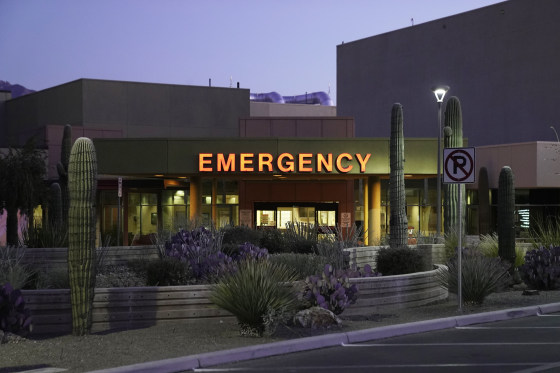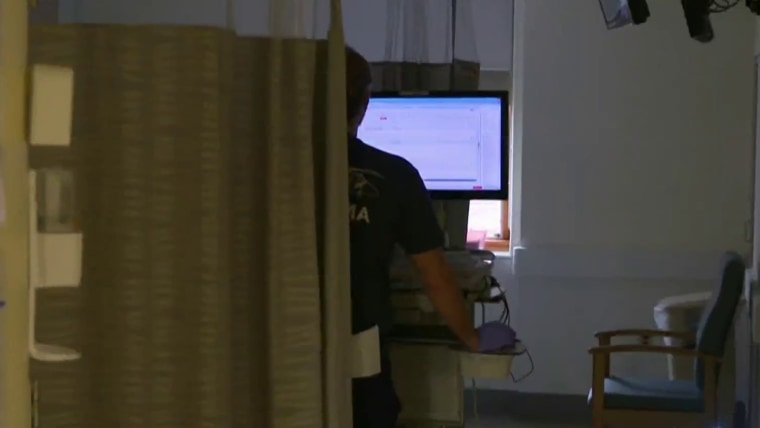ER doctors are not your enemies


All of this takes its toll. We have lost valuable physicians, nurses, respiratory therapists and other vital members of the health care system. Morale is at an all-time low and nearly 55% report soldiering on through burnout. Combine all of these challenges — low hospital capacity, a bare-bones staff, frustrated patients and surge after surge of respiratory viruses — and our job is to still diagnose and treat emergent medical conditions with no misses. We come pretty close.
However, if you saw the recent study that was published by Agency for Healthcare Research and Quality (AHRQ) and reported on widely this past week, you’d walk away with a different conclusion. The headline-grabbing takeaway for most would be that hundreds of thousands of patients in the U.S. suffer serious harm from ER misdiagnosis, and 250,000 die because of us yearly. If these numbers are true, then this would be a complete failure of our system and should raise the alarm, but upon closer look at the report, it becomes apparent that it is based on assumptions that misrepresent reality and lead to click-bait headlines.

But here’s the kicker, the AHRQ report acknowledged that there is a 99.7% success rate of serious diagnosis made in the ER, yet somehow that is not what they led with or what was picked up by national media. This study has the fatal flaw of hindsight bias — the tendency to look back at an unpredictable event and think that you could have foreseen the outcome.
When we discharge a patient who has been ruled out for a condition, say a stroke, if that patient has a stroke in a few weeks, is that a miss? No, at the time, the patient did not have a stroke, but they may be high risk and have one in the future. So, do we hospitalize all high-risk patients indefinitely? Could that hospitalization for an elderly immunocompromised patient be a less risky option than discharge? Are we expected to see into the future?
In medicine, every decision we make is based on the principle of “do no harm,” which means that every decision requires balancing risk vs. harm. Over-diagnosis or over-admitting more patients to the hospital for further tests when not necessary comes with harm. Every procedure has risks. Simply being in the hospital puts you at risk for infections and many other conditions. Furthermore, not every error leads to harm and the cost of eliminating every error would bring our health care system to a standstill and handicap our ability to diagnose and treat emergencies.
Many will be surprised to learn that many of the studies included in the report are extrapolations from non-U.S. data. The number of 250,000 deaths due to ER misdiagnosis that is widely reported is based on small Canadian, Swiss and Spanish studies. We have a very different health care system and training of physicians than those countries. For example, the decision-making tools we use on a daily basis in our ERs to risk-stratify certain patients are, in many cases, different from those used in Europe and elsewhere.
Doctors are human; we are not perfect. Some rare events and diagnoses are missed (at an extremely low rate), and we must continue to minimize misses, eliminate biases and increase resources. There is always much to learn, but to state that we are the reason hundreds of thousands of people in the U.S. die each year is factually wrong. The AHRQ report vilifies physicians and erodes the doctor-patient relationship. I hope you don’t have to visit an emergency department this holiday season, but if you do, rest assured you are in good hands.